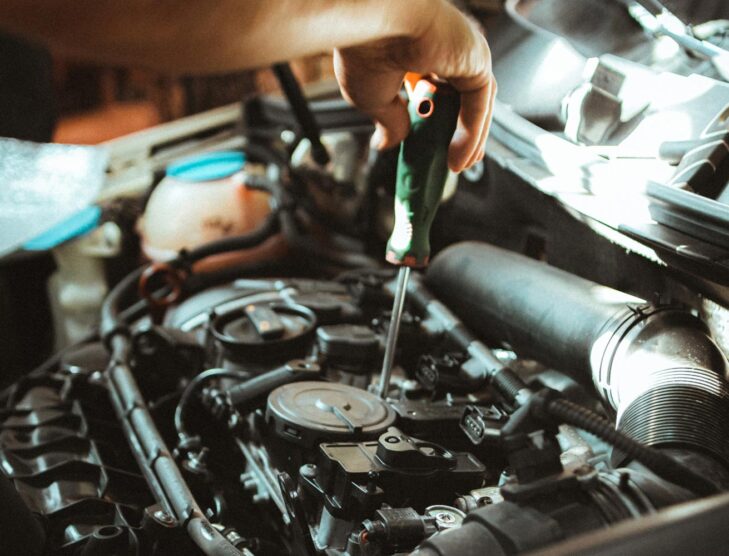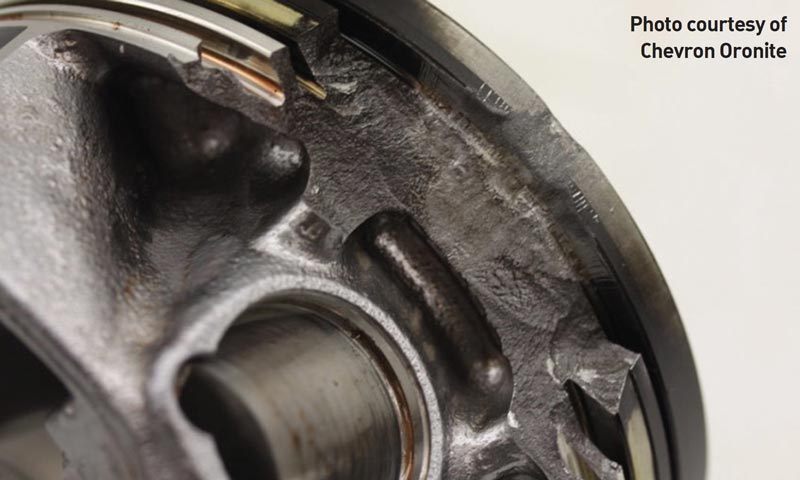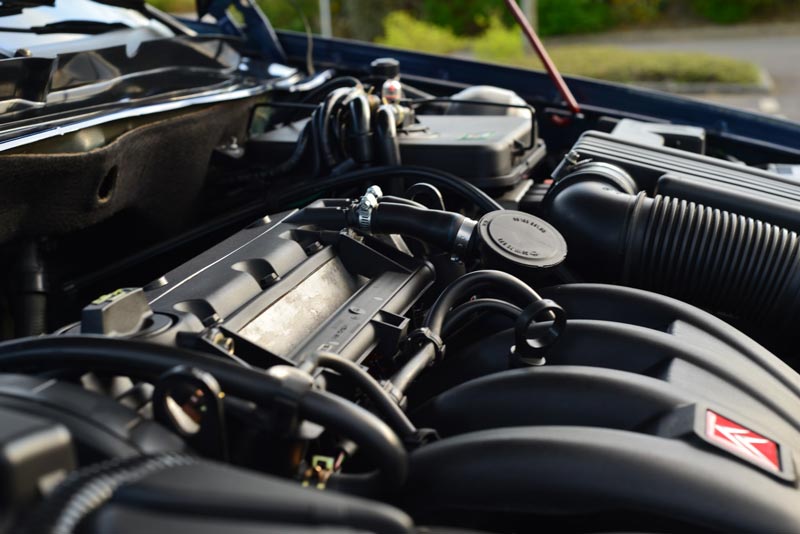
OEMs seek better LSPI protection for aged oils
Low-speed pre-ignition (LSPI) is a premature combustion event where fuel droplets ignite before the piston is in the correct position. The phenomenon can result in a rough idle, engine noise, or in severe circumstances piston damage and total engine failure. To protect a car’s engine, it should use a high-quality oil formulated to safeguard against LSPI.
On May 1, 2018, the American Petroleum Institute (API) introduced a new API service category called API SN PLUS, which incorporated the Sequence IX test. The Sequence IX test evaluates the ability of an automotive engine to mitigate low-speed pre-ignition in gasoline, turbocharged, direct-injection GTDI engines under low-speed with, high-load operating conditions. This test method is commonly known as the Ford low-speed, pre-ignition (LSPI) test.

API SN PLUS was the engine oil performance designation employed to introduce new LSPI performance in advance of ILSAC GF-6 and API SP. The first allowable use or licensing of ILSAC GF-6/API SP was May 1, 2020.
Improved oil performance in API SN PLUS and API SP has helped mitigate the impact of LSPI. However, a 2018 SAE paper entitled “Low-Speed Pre-Ignition (LSPI) Durability — A Study of LSPI in Fresh and Aged Engine Oil” indicates field issues are still occurring because of LSPI. The Lubrizol study aged API SN Plus oils for 100 hours on a dyno cycle developed to simulate the Worldwide Harmonized Light Vehicles Test Cycle (WLTC). Oil formulations that provided good LSPI performance when new, did not always provide acceptable protection when aged.
Oils containing higher levels of calcium with molybdenum and titanium were shown to produce a higher number of LSPI events when aged. Lower calcium oils containing magnesium did not exhibit the same degraded LSPI protection. This raises the concern for OEMs that good LSPI protection does not necessarily extend throughout the entire oil drain interval.
The SAE paper highlights the need for an aged-oil coverage supplement to API SP to avoid warranty headaches for OEMs. The existing LSPI protection requirement in API SN Plus/API SP and ILSAC GF-6 only evaluates fresh engine oils.
Request for supplement performance to API SP
At the API Lubricants Group Standards Meeting on September 2, Ford Motor Company provided an update on the need for improved aged oil LSPI performance to API SP. The presentation was the first time the LSPI issue had been presented to the API Lubricants Group.

Other OEMs share Ford’s concern over aged LSPI, and the need for LSPI protection as engine oil ages over the entire oil drain interval.
Ford provided an update on the development of an LSPI Durability test. An oil aging cycle was developed based on the stage two conditions of the Sequence X test cycle. API SN Plus oils in the aging cycle produced similar degradation to API SN PLUS type oils run in 11 fleet test vehicles at approximately 4,000 miles. The development team has agreed to an aging cycle of 72 hours.
The LSPI aged oil testing scoping matrix is also completed, says Ford. A statistically designed test matrix was used to evaluate the reproducibility and precision of the aging cycle by running the new and aged oils in the Sequence IX test. Results of the aging cycle and the associated Sequence IX tests were consistent with the SAE paper. Reference oils included a reduced calcium plus magnesium engine oil with good initial and aged LSPI protection (Oil A), and a high calcium and molybdenum engine oil with good initial LSPI protection and poor aged LSPI protection (Oil B). The test matrix demonstrated that Oil A passed, and Oil B failed the average LSPI result — which is a maximum of five.
Oil aging targets have generally been agreed for the LSPI Durability Test, though a little more detail was required for the target value for reference oils. The Ford representative advised they were seeking tentative values by September 17.
Developing test matrix for aging cycle
Next steps include the development of the test matrix for the aging cycle. Ford expects a maximum of 20 tests with a possibility of four laboratories. The LSPI confirmation test plan is still to be developed, says Deegan, with Sequence IX limits to carry over.
Several open issues, including a decision on whether to use a newer rebuilt engine prior to running break-in and aging the oil, or consideration of a flush and run on the Sequence X engines were identified. Deegan highlighted a possible Annex to Sequence IX to allow for flush/run deviation for aged oils. There is not typically enough oil to do a flush and run with aged oil, says Deegan. The expectation is that the LSPI base oil interchange/viscosity grade read across guidelines (BOI/VGRA), that validate the use of alternative base stocks and viscosity grades during formulation, will be unaffected by the Aged Oil LSPI test.
Testing is expected to commence in in the coming months, with completion expected by the end of January 2022. A formal request for the supplement is likely early next year, with the data to be provided at that time, to alleviate concerns around these new LSPI issues, It was noted that a significant number of engine oils on the market already meet the aged oil procedure for LSPI.







